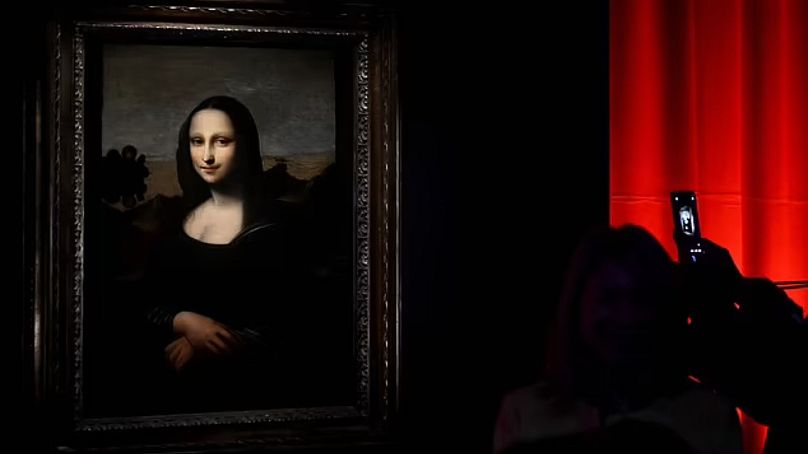Experts are divided over whether a painting, the so-called "Isleworth Mona Lisa" is a superior Leonardo da Vinci original or an inferior copy...
It is a mystery which has divided experts for decades: Is the "Isleworth Mona Lisa" real?
Yes, in case you didn’t know, there is a second version of Leonardo da Vinci’s Mona Lisa, which also depicts a similarly positioned woman - believed to be based on the Florentine noblewoman Lisa del Giocondo – and which looks younger (some say happier) than the one in the Louvre in Paris.
The so-called "Isleworth Mona Lisa" is considered by some as an earlier version of its famed cousin. It was brought to England in 1778 and acquired by the Montacute family. It got its name after being bought in 1913 by art dealer Hugh Blaker, who was based in Isleworth, west London.
When Blaker and his family members died, the painting was sold in 1947 to American collector Henry Pulitzer, who devoted much of his life trying to prove it was a da Vinci work. He even wrote a book about his claim - "Where Is The Mona Lisa?"
When Pulitzer’s partner, who inherited the painting, died, it was acquired by a consortium of unnamed people, who kept it in a Swiss bank vault for 40 years.
And now, it goes on display in Italy, as the Swiss-based Mona Lisa Foundation is exhibiting the work in Turin’s Promotrice delle Belle Arti gallery, in an exhibition titled “The First Mona Lisa.”
Bold title, but they stand by it.
“We have proved beyond reasonable doubt that Leonardo painted two Mona Lisas and this is the only candidate to be the second,” said Joël Feldman, general secretary of the Mona Lisa Foundation, speaking to British newspaper The Times.
The foundation claims that the Isleworth version was completed a decade earlier than the version in the Louvre.
The exhibition includes multimedia displays cataloguing decades of the foundation’s research into the portrait’s origins. It is an “opportunity to also present the massive strides that have been made in the past few years to cement the attribution of the work to Leonardo,” Feldman said in a statement.
The foundation has worked with scientists, such as John Asmus, at the University of California, San Diego, who conducted tests strongly suggesting the same artist painted the faces of both women.
However, some aren’t convinced.
Professor Martin Kemp, a widely respected art history expert at the University of Oxford, claims the work is not that of the Renaissance master.
In an interview with Artnet News, Kemp stated that the foundation is “in a phase of trying to promote (the portrait) again,” in order to increase the value of the painting.
Kemp insisted there was “no indication” the work is dated prior to the Mona Lisa, and highlighted that the portrait was done on canvas, when Leonardo was known to only paint on wooden surfaces.
So, a copy or the real deal?
Make your mind up for yourself - the painting is on display at "Leonardo Da Vinci - La Prima Monna Lisa" in Turin until 26 May 2024.












